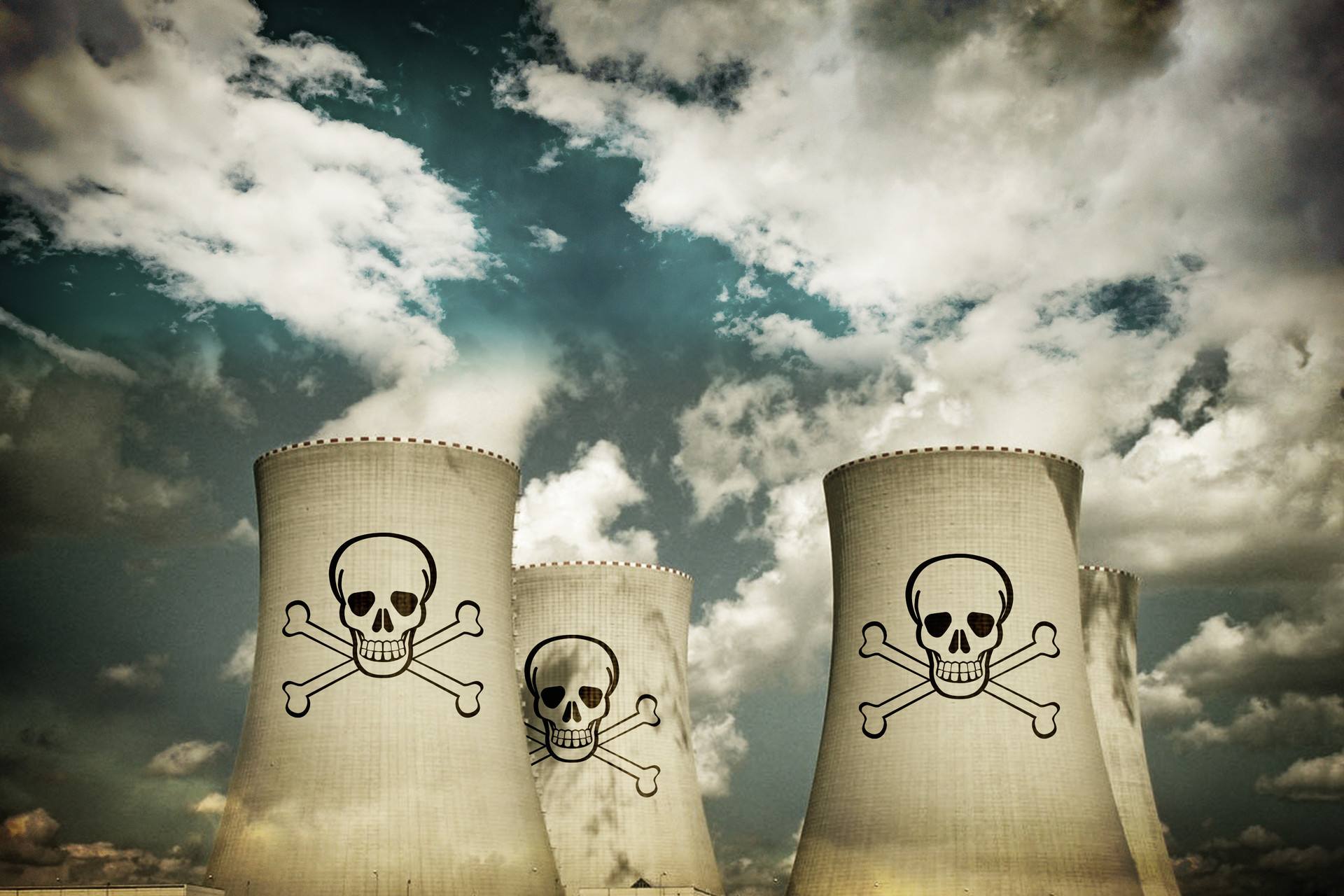Products
Classification of air pollution sources
Origin:Hefan Hit: Time:2020-03-17
Pollution source refers to the source of various pollution factors that cause environmental pollution. For example, a plant, site, or equipment that releases pollutants to the environment or releases harmful factors.
I. Classification of pollution sources
Pollution sources can be divided into two categories, namely natural pollution sources and human pollution sources. For environmental science, the main object of research and control is man-made pollution sources.

(I) Natural pollution sources
Natural pollution sources Natural pollution sources refer to the sources of various pollutants caused by the movement of nature. For example, a volcanic eruption can emit a large amount of dust (volcanic ash), smog and chemical pollutants such as sulfur oxides and hydrogen sulfide; forest fires bring a large amount of carbon monoxide, carbon dioxide and incompletely combusted organic smog to the atmosphere; wave motion can Drops of saline water are thrown into the air, and the water evaporates to form salt grains; strong winds can bring sandy soil in desert areas into the air, and even re-sediment thousands of kilometers away; plant pollen is also a source of allergies to humans. Pollutants emitted by some natural pollution sources have a huge amount of adverse effects on the human environment. For example, in June 1991, a massive eruption of Mount Pinatubo in the Philippines erupted a large amount of ash and SO2 into the stratosphere. Pinatubo erupted about 18 million tons of SO2 into the stratosphere at one time, which is almost equal to the total amount of SO2 emitted by the United States in one year. After the volcanic eruption reached the stratosphere, it drifted from east to west around the equator and eventually covered the world. The SO2 gas is converted into extremely small sulfuric acid droplets, which generates a mist that reflects and scatters sunlight. Experts believe that this mist will reduce the average earth temperature by more than 0.3 ° C in 3 to 4 years. Some scientists also believe that volcanic particles may act like ice crystals over Antarctica, causing chemical reactions that destroy the ozone layer in densely populated mid-latitude regions. The environmental harm caused by natural pollution sources has attracted people's attention, but it is still difficult for human beings to control the main introduction of man-made pollution sources.
(2) Anthropogenic pollution sources
The source of environmental pollution caused by human production and living activities is the man-made pollution source. The categories are summarized below.
According to the nature of human activities, it is divided into industrial pollution sources (metal smelting, power generation, oil refining, mining, petrochemical, electroplating and other industrial and mining enterprises), agricultural pollution sources (using pesticides, chemical fertilizers, etc.), transportation pollution sources (modern vehicles, such as aircraft Exhaust gas from automobiles, ships, ships, etc.) and sources of domestic pollution (living coal such as heating and cooking).
According to the nature of the polluted object, it is classified into sources of air pollution, sources of soil pollution, and sources of water pollution.
According to the spatial distribution of pollution factors, quantile pollution sources (point distribution, such as the three wastes discharged by industrial and mining enterprises, towns, hospitals, scientific research institutions, etc.), surface pollution sources (also known as non-point pollution sources), and line pollution sources (shown as lines) Pollution sources such as exhaust gas from cars, trains, and other means of transportation on the main transportation lines also include noise from traffic workers). Point pollution sources and surface pollution sources are fixed pollution sources, while line pollution sources are mobile pollution sources.
  According to the physical and chemical properties of pollution factors, they are classified into organic pollution sources, inorganic pollution sources, mixed pollution sources (pollution sources that emit multiple pollutants at the same time), thermal pollution sources, noise pollution sources, radioactive pollution sources, and pathogen pollution sources.
Classified according to the form of pollutants, it is divided into waste gas, waste water, solid waste, noise, and radioactive materials. This chapter focuses on anthropogenic sources of pollution in the atmosphere. Emphasis is on man-made pollution sources from fuel combustion and industrial processes, as well as sources of exhaust emissions from cars in transportation pollution sources


